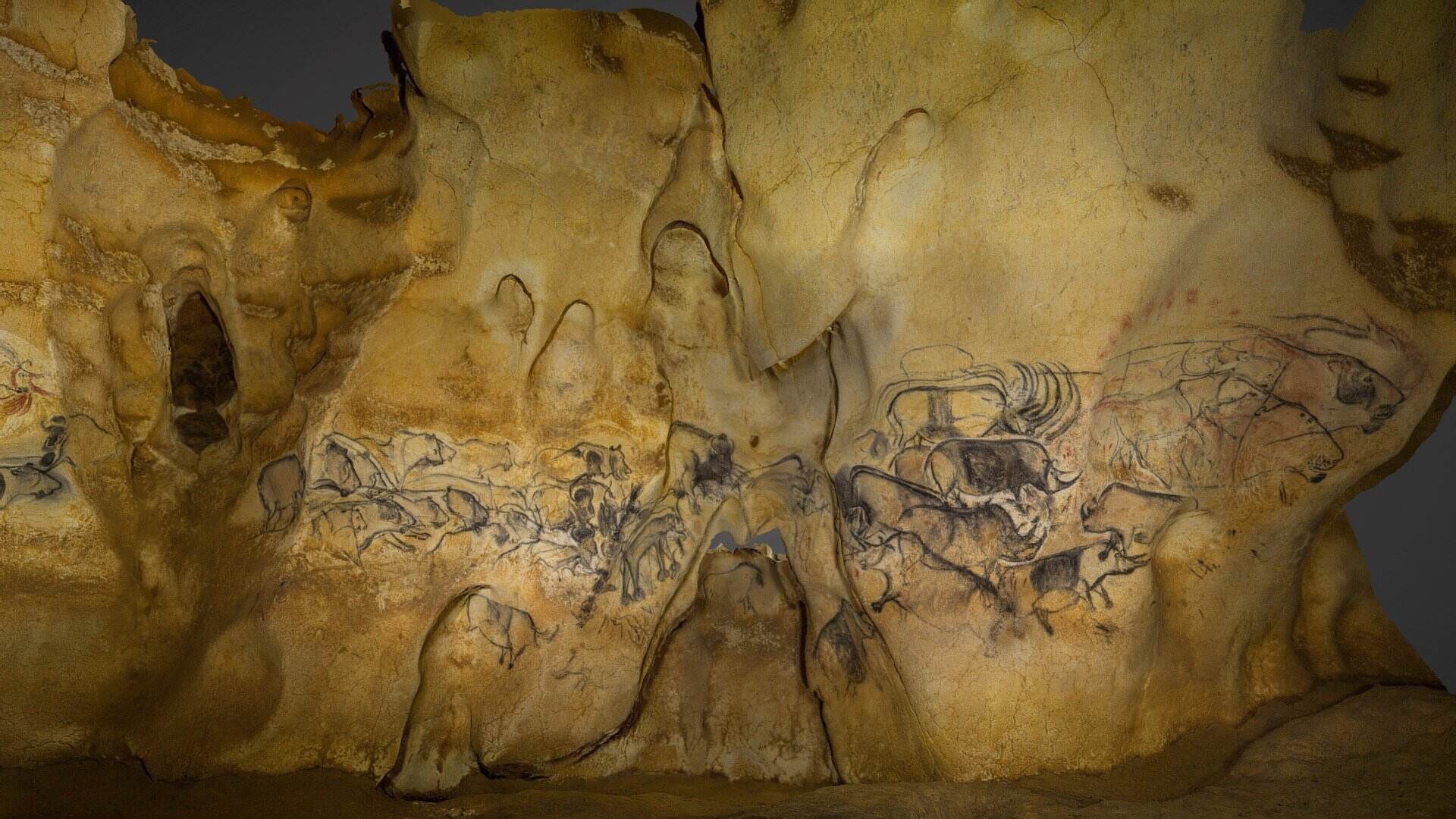Fascinating Cave Paintings That Reveal Ancient Stories

Ever wondered what ancient people were thinking? Cave paintings offer a glimpse into their world. These artworks, found in places like Lascaux in France and Altamira in Spain, tell stories of daily life, hunting, and even spiritual beliefs. Created thousands of years ago, these images still captivate us today. They used natural pigments to create vivid scenes on rock walls. Some show animals like bison and deer, while others depict human figures and mysterious symbols. These cave paintings are more than just art; they are windows into the past, helping us understand how early humans lived and thought.
Fascinating Cave Paintings That Reveal Ancient Stories
Cave paintings offer a glimpse into the lives and beliefs of ancient civilizations. These artworks, etched and painted on stone walls, tell stories that have survived for thousands of years. Let's explore some of the most fascinating cave paintings around the world.
Lascaux Caves, France
The Lascaux Caves in southwestern France are home to some of the most famous prehistoric art.
Great Hall of the Bulls: This section features large, detailed images of bulls, horses, and deer. The dynamic scenes suggest early humans had a deep connection with these animals.
The Shaft of the Dead Man: A rare depiction of a human figure, this painting shows a man with a bird-like head lying next to a bison. The meaning remains a mystery.
The Chamber of Felines: This area contains numerous images of cats, including lions and panthers. The intricate details highlight the importance of these predators in ancient life.
Altamira Cave, Spain
Altamira Cave, located in northern Spain, boasts some of the most well-preserved prehistoric paintings.
Polychrome Ceiling: This stunning ceiling features bison, deer, and wild boar painted in vibrant reds, blacks, and browns. The use of color and shading creates a sense of movement.
The Great Hall of Polychromes: This section showcases large, lifelike images of animals, including a famous depiction of a bison in mid-stride. The realism is striking.
The Horse Panel: This panel includes several horses painted with great attention to detail. The artists used natural rock formations to enhance the three-dimensional effect.
Chauvet Cave, France
Chauvet Cave, also in France, contains some of the oldest known cave paintings, dating back over 30,000 years.
The Panel of Lions: This panel features a group of lions hunting bison. The dynamic composition and detailed rendering of the animals make it one of the most impressive prehistoric artworks.
The Red Dots Panel: A series of red dots arranged in patterns, this panel's purpose remains unclear. Some believe it may have had a symbolic or ritualistic meaning.
The Owl Panel: This unique painting of an owl, created using finger fluting techniques, stands out for its simplicity and elegance.
Bhimbetka Rock Shelters, India
The Bhimbetka Rock Shelters in central India contain paintings that span thousands of years, from the Paleolithic to the medieval period.
Zoo Rock: This shelter features a variety of animals, including elephants, tigers, and deer. The scenes depict hunting and daily life, offering insights into ancient Indian culture.
Boar Rock: A large boar dominates this panel, surrounded by smaller animals and human figures. The composition suggests a narrative, possibly a hunting story.
The Dancing Figures: This painting shows a group of human figures in dynamic poses, possibly engaged in a ritual dance. The sense of movement is captivating.
Serra da Capivara, Brazil
Serra da Capivara National Park in Brazil is home to thousands of prehistoric paintings, some dating back over 25,000 years.
The Toca do Boqueirão da Pedra Furada: This site features scenes of hunting, dancing, and daily activities. The vibrant colors and detailed figures provide a vivid picture of ancient life.
The Toca da Entrada do Pajaú: This shelter contains numerous images of animals, including jaguars and capybaras. The variety of species depicted highlights the biodiversity of the region.
The Toca do Paraguaio: This panel shows a group of human figures engaged in what appears to be a communal activity, possibly a ritual or celebration. The sense of community is palpable.
Kakadu National Park, Australia
Kakadu National Park in Australia is renowned for its ancient rock art, created by the Indigenous people over thousands of years.
Ubirr Rock: This site features X-ray style paintings of animals, where the internal organs are visible. The technique provides insights into the knowledge and beliefs of the artists.
Nourlangie Rock: This area contains paintings of ancestral spirits, including the famous Lightning Man. The spiritual significance of these images is profound.
Anbangbang Gallery: This gallery showcases a variety of scenes, from hunting to ceremonial activities. The diversity of subjects reflects the rich cultural heritage of the Indigenous people.
Ancient Art's Lasting Impact
Cave paintings offer a glimpse into the lives of ancient people. These artworks, found in places like Lascaux and Altamira, show their daily activities, beliefs, and environment. They used natural pigments to create images of animals, humans, and symbols. These paintings are not just art; they are historical records. They help us understand how early humans communicated and expressed themselves.
Preserving these sites is crucial. They are fragile and can be damaged by exposure to light, air, and human contact. Efforts to protect and study them ensure that future generations can learn from these ancient stories.
Cave paintings remind us of our shared history. They connect us to our ancestors and show the creativity and ingenuity of early humans. By studying these artworks, we gain a deeper appreciation for the past and its influence on our present and future.

